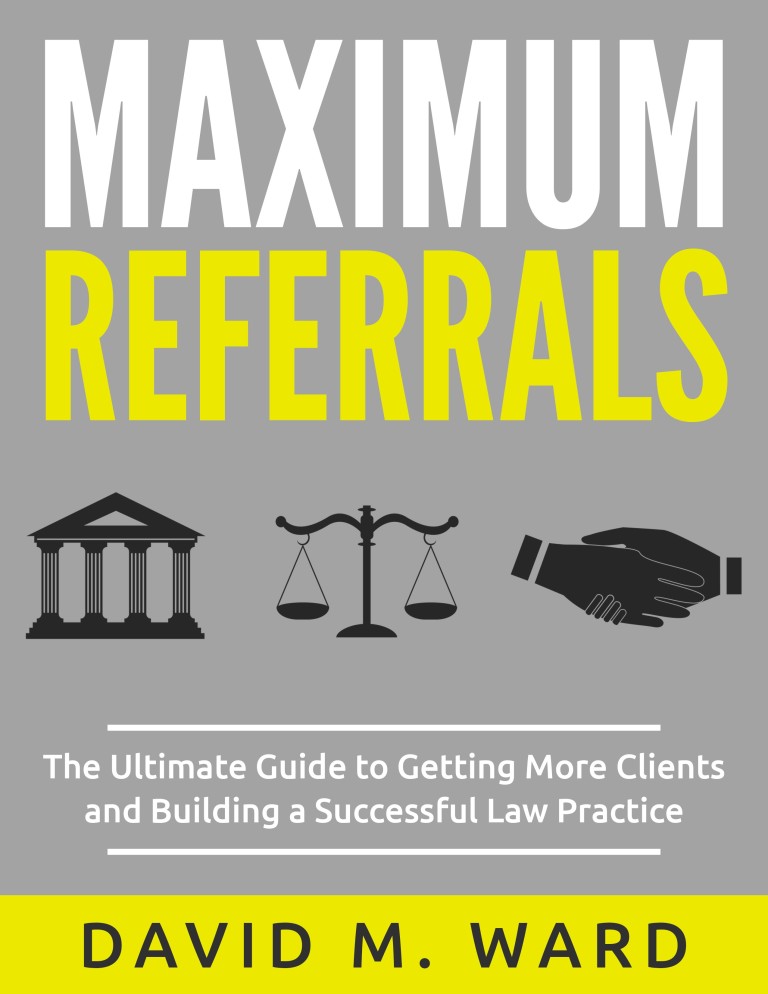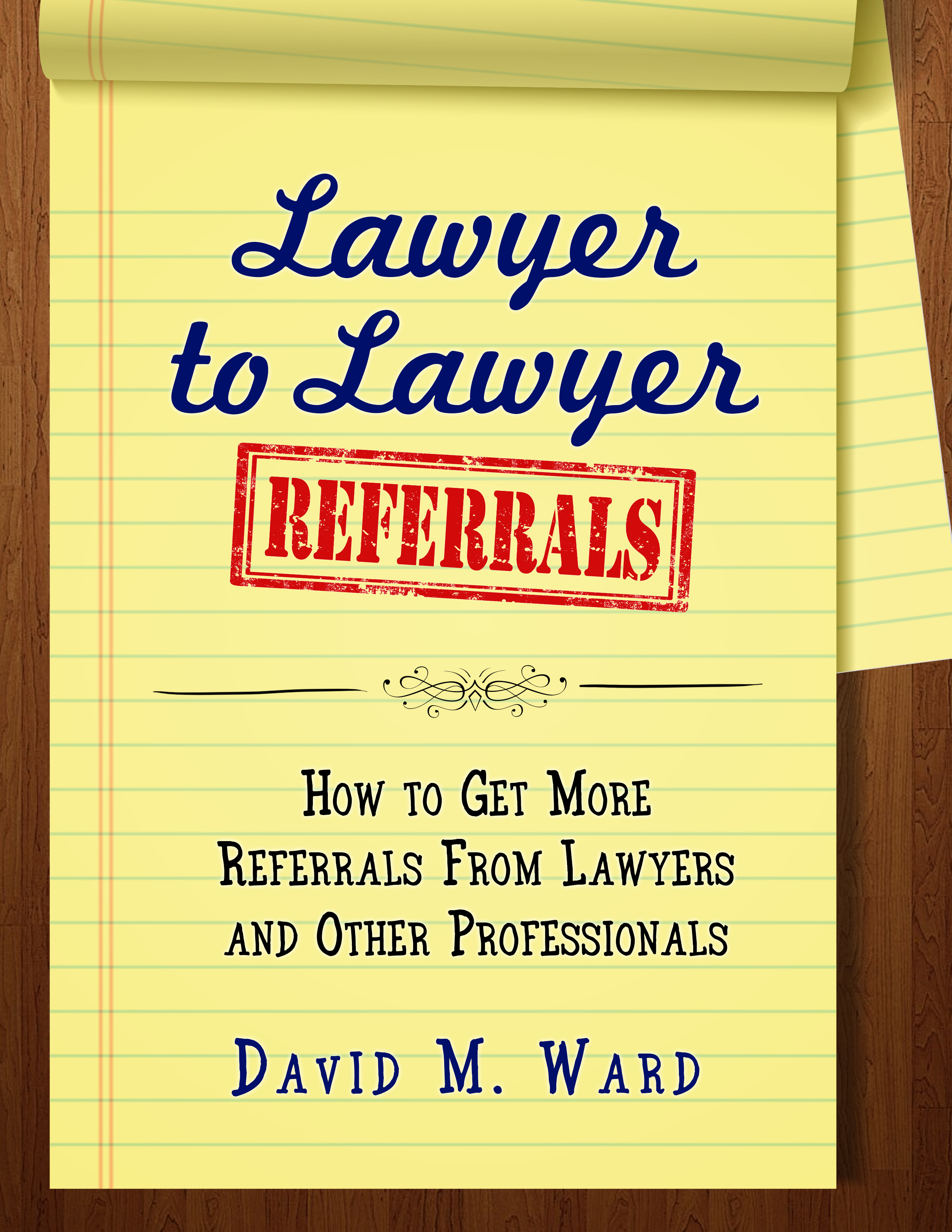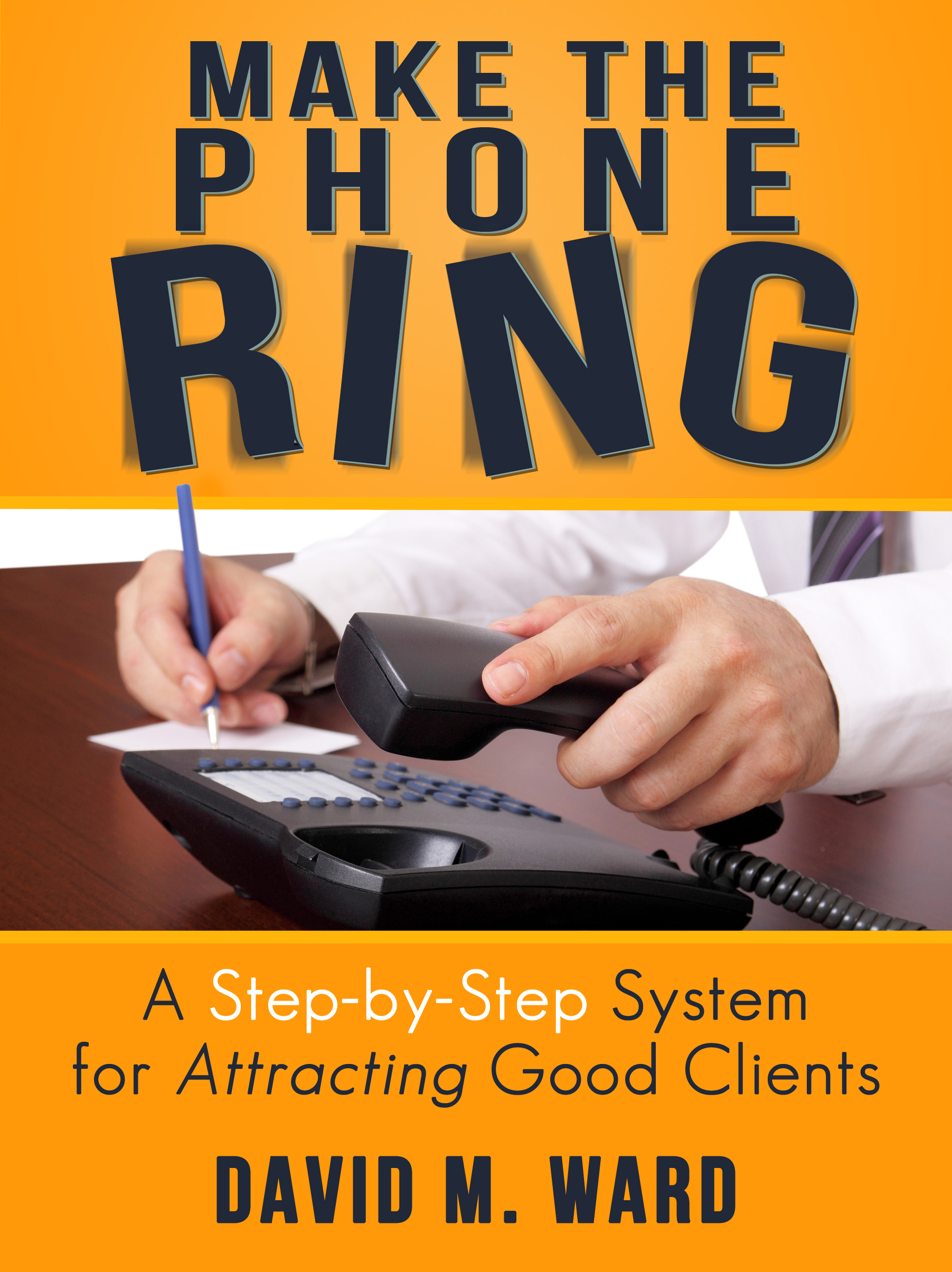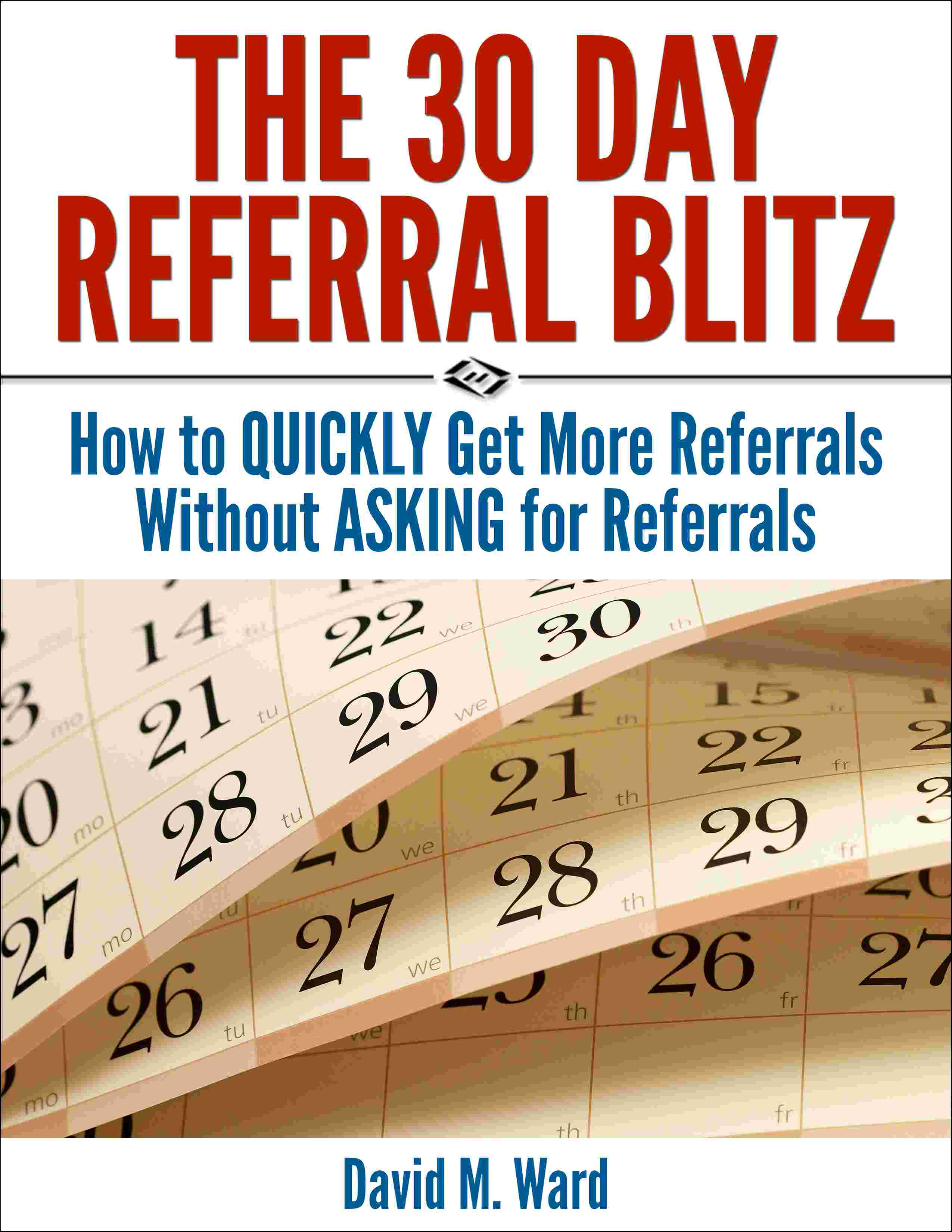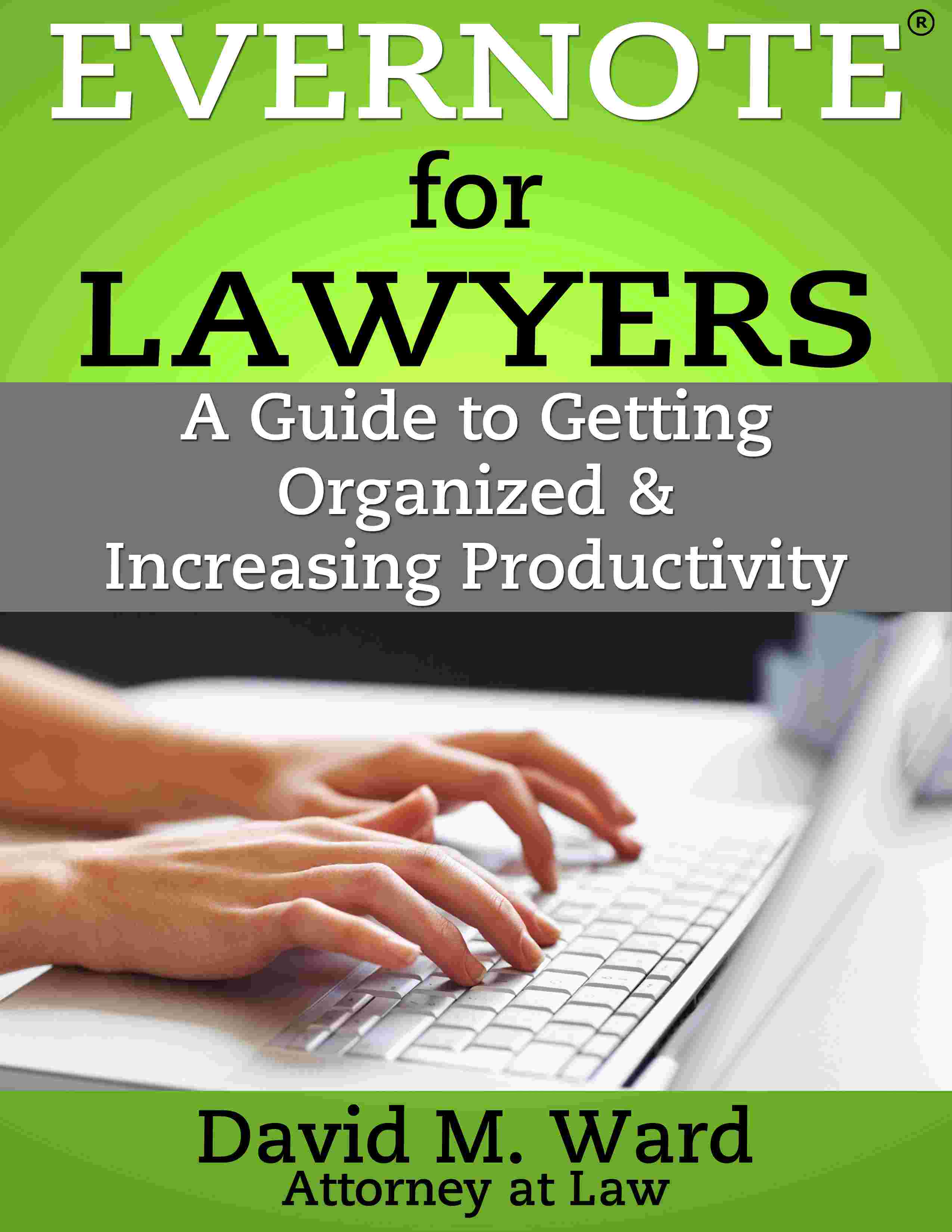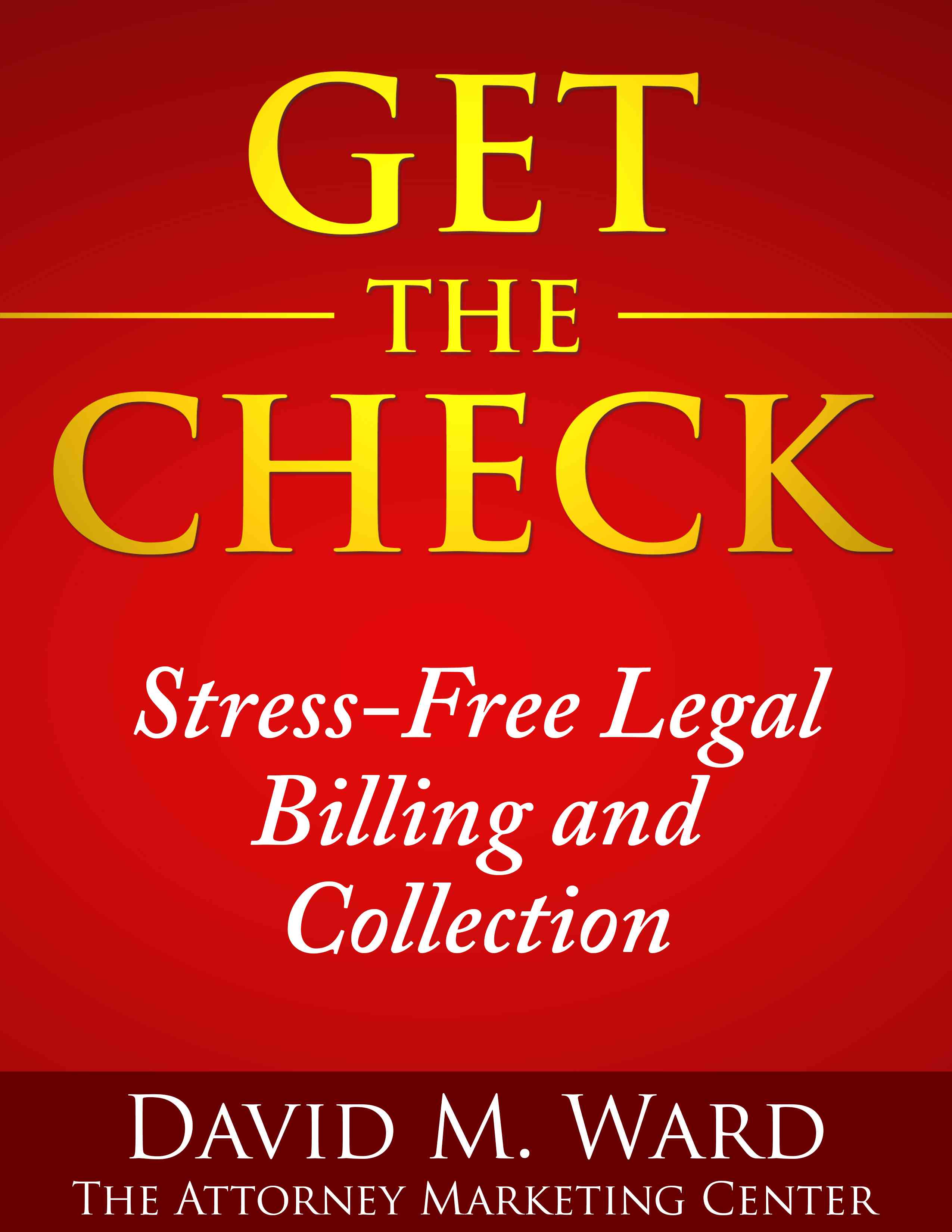By the time most prospective clients meet you or speak to you, they’ve already decided to hire you. Or not.
They usually know something about you—from your website, your ad or mailing, a review, or a friend who referred them. When they speak to you, their gut tells them yes or no.
You can give them more information about yourself, about their case and what you can do to help them. But they’ve usually already decided. They use the information you give them to confirm their decision or to see if there’s a reason to override it.
Which means you don’t have to give them a lot of information or go hard trying to persuade them.
If, based on first impressions, they’ve decided they want to hire you, you only need to tell them enough so they can justify their decision. If you give them more, you risk overwhelming or confusing them, giving them more things to think about or question, and talking yourself out of the sale.
On the other hand, if they initially decided to not hire you, loading them up with information is unlikely to get them to change their mind.
People don’t like changing their minds.
Give them basic information and not too much of it. If they want more, they’ll ask for more.
Hey, this is good news. Since the sale is made before you speak to the prospective client, you just have to say enough to not screw it up.


